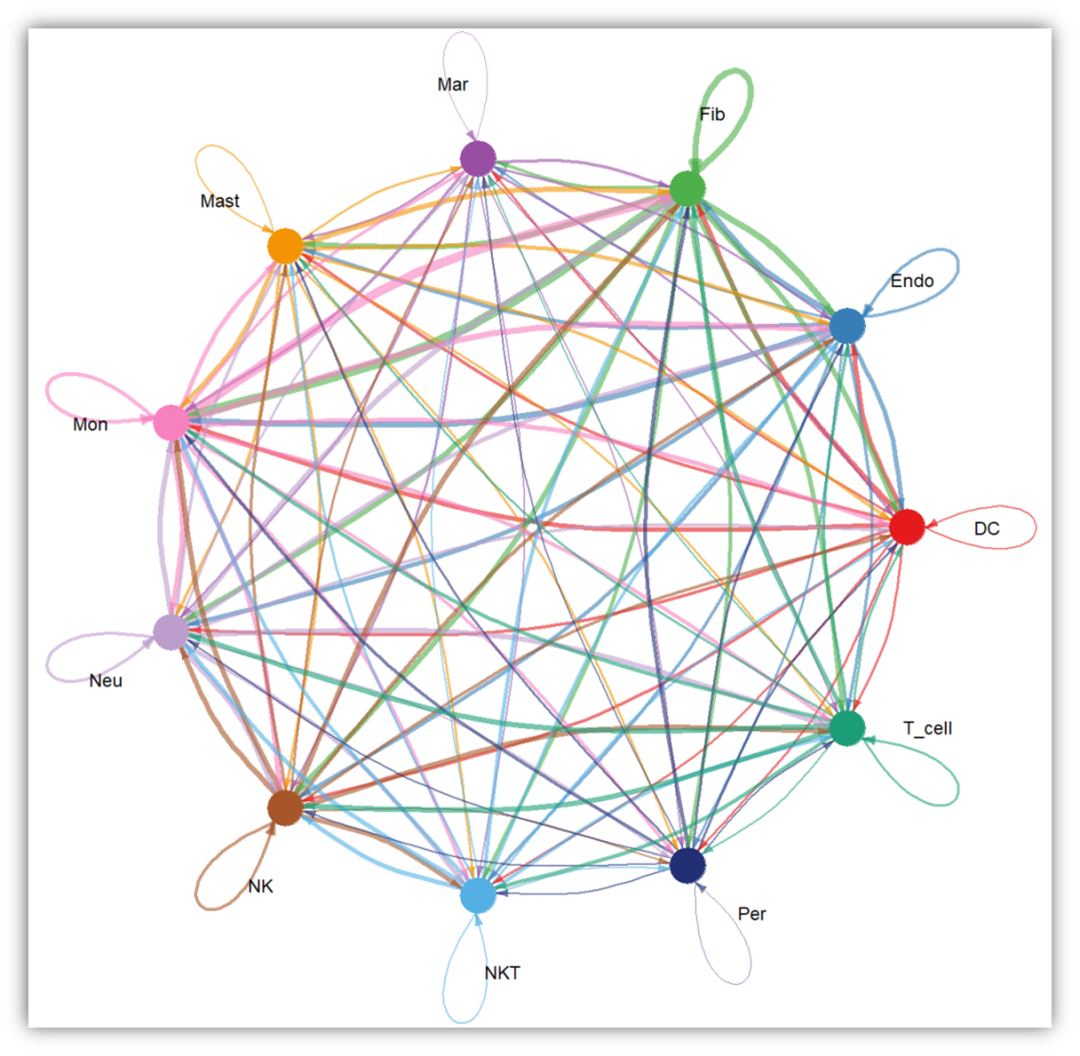ANSYS中定义材料破坏失效
我们一般静力学分析时,定义各向同性材料的弹性常数:模量和泊松比即可,对于各向异性的复合材料,则需要定义更多的性能。ANSYS对于正交各向异性材料是可以通过定义许用应力和许用应变来判断失效行为,对于复合材料也内置了Tsai-Wu,Puck等准则。但怎么使用它们确实个难以捉摸的问题。注:由于ACP为ANSYS workbench 的内置模块,因此通过读取它输出的文件对于我们理解材料建模流程有很大帮助。
我们一般静力学分析时,定义各向同性材料的弹性常数:模量和泊松比即可,对于各向异性的复合材料,则需要定义更多的性能。ANSYS对于正交各向异性材料是可以通过定义许用应力和许用应变来判断失效行为,对于复合材料也内置了Tsai-Wu,Puck等准则。但怎么使用它们确实个难以捉摸的问题。
注:由于ACP为ANSYS workbench 的内置模块,因此通过读取它输出的文件对于我们理解材料建模流程有很大帮助。材料的定义在\dp0\ACP-Pre\ACP\material.apdl文件里,通过APDL语言编写。
材料定义
弹性常数的定义
定义材料弹性常数一般使用MP命令
比如常用钢材弹性常数的定义
! Material 1 = Structural Steel
MP,DENS,1,7.85e-09, ! tonne mm^-3
MP,ALPX,1,1.2e-05, ! C^-1
MP,C,1,434000000, ! mm^2 s^-2 C^-1
MP,KXX,1,60.5, ! tonne mm s^-3 C^-1
MP,RSVX,1,0.00017, ! ohm mm
MP,EX,1,200000, ! tonne s^-2 mm^-1
MP,NUXY,1,0.3,
复合材料弹性常数的定义
! Material 2 = Epoxy_EGlass_UD
MP,DENS,2,2e-09, ! tonne mm^-3
MP,EX,2,45000, ! tonne s^-2 mm^-1
MP,EY,2,10000, ! tonne s^-2 mm^-1
MP,EZ,2,10000, ! tonne s^-2 mm^-1
MP,PRXY,2,0.3,
MP,PRYZ,2,0.4,
MP,PRXZ,2,0.3,
MP,GXY,2,5000, ! tonne s^-2 mm^-1
MP,GYZ,2,3846.15, ! tonne s^-2 mm^-1
MP,GXZ,2,5000, ! tonne s^-2 mm^-1
材料破坏的定义
关键命令解释
而对于材料许用的定义,需要用到的关键命令为TB,里面选项极其丰富,需要耐心阅读帮助文档才能了解全部,这里只介绍对于材料破坏定义的TB, FCLI,即对于Lab选择FCLI时的参数设置。
TB, Lab, MATID, NTEMP, NPTS, TBOPT, EOSOPT, FuncName
- Lab - Material model data table type: 选FCLI – 用于定义计算失效准则的材料许用强度(应力或应变)
- 对于Lab选择FCLI时
– MATID - Material reference identification number.
– NTEMP - Number of temperatures for which data will be provided. Default = 1.
– NPTS - Number of data points to be specified for a given temperature. Default = 20 when TBOPT = 1. Default =9 when TBOPT = 2.
– TBOPT: Material strength limit definition: 1 – Define stress-strength limits. 2 – Define strain-strength limits.- EOSOPT – 一般用于explicit dynamic 分析模式。
简单解释为:
- MATID - 选择需要定义破坏的材料编号。
- NTEMP - 温度。默认为1.
- NPTS - 指定温度下的数据点,TBOPT = 1时默认为20个;TBOPT = 2时默认为9个。
- TBOPT:材料强度许用定义的方式,许用应力或者是许用应变。
材料强度许用的定义
由于需要定义的参数非常多,所以这里先给出下参考文档。
可以从下表(图片格式,懒得从word整理了)看出,C1 ~ C9对于TBOPT = 1和TBOPT = 2近似,均为三个方向的拉伸、压缩许用外加三个面内的剪切许用,区别只是一个用应力表示,一个用应变表示。而对于C10 ~ C12,则定义了复合材料Tsai-Wu失效准则的耦合系数。而对于C13 ~ C16,则定义了复合材料Puck准则的一些因子。对于C17 ~ C20,适用于LaRc03, LaRc04以及自定义的失效准则。
资料来源:ANSYS Mechanical APDL Material Reference
Material strength limits represent maximum stresses or strains that a material can sustain. This data table defines the strength limits and other related constants required for computing failure criteria (FC) index of a material under various loading conditions. Specify a TBOPT value on the TB,FCLI command to correspond to the stress limits (TBOPT = 1) or strain limits (TBOPT = 2). The following table lists the coefficient values that are addressed for the available TBOPT values:
对于不同的失效准则,需要定义的参数是不一样的,见下表。
资料来源:ANSYS Mechanical APDL Material Reference
To determine physical failure criteria in unidirectional fiber-reinforced composite materials, including Puck and Hashin, LaRc03, and LaRc04 criteria, always define the reinforced fiber direction as the material X direction.
The following table summarizes the applicable strength-limit constants for each failure criterion:
定义实例
定义工程弹性常数
! Material 2 = Epoxy_EGlass_UD
MP,DENS,2,2e-09, ! tonne mm^-3
MP,EX,2,45000, ! tonne s^-2 mm^-1
MP,EY,2,10000, ! tonne s^-2 mm^-1
MP,EZ,2,10000, ! tonne s^-2 mm^-1
MP,PRXY,2,0.3,
MP,PRYZ,2,0.4,
MP,PRXZ,2,0.3,
MP,GXY,2,5000, ! tonne s^-2 mm^-1
MP,GYZ,2,3846.15, ! tonne s^-2 mm^-1
MP,GXZ,2,5000, ! tonne s^-2 mm^-1
许用应变
TB,FCLI,2,1,9,2
TBDATA,1,0.0244,-0.015,0.0035,-0.012,0.0035,-0.012
TBDATA,7,0.016,0.012,0.016
许用应力
TB,FCLI,2,1,20,1
TBDATA,1,1100
TBDATA,2,-675
TBDATA,3,35
TBDATA,4,-120
TBDATA,5,35
TBDATA,6,-120
TBDATA,7,80
TBDATA,8,46.1538
TBDATA,9,80
Tsai-Wu失效准则常数
TBDATA,10,-1
TBDATA,11,-1
TBDATA,12,-1
Puck失效准则常数
TBDATA,13,0.3
TBDATA,14,0.25
TBDATA,15,0.2
TBDATA,16,0.2
另外:
定义渐进失效时加入
DMGI – Damage Initiation Criteria Specifications
TB,DMGI,2,0,4,FCRT
TBDATA,1,2,2,2,2
DMGE – Damage Evolution Law Specifications
TB,DMGE,2,0,4,MPDG
TBDATA,1,0.75,0.75,0.75,0.75
这些需要用到的时候再细看。
附:ACP中GUI定义参数
因为ACP定义材料参数后,最终还是提交给ANSYS进行求解,所以这些数据在APDL里均能找到对应的定义方式。
定义工程弹性常数

许用应变

许用应力

Tsai-Wu失效准则常数

Puck失效准则常数

后处理
待补充。
补充:关于FC命令
关于FC命令。待补充。
大概意思就是这个命令定义的材料失效,也是类似TBDATA定义的C1 ~ C9的参数,但仅仅用于后处理。
官方帮助
The data table can be input in either PREP7 or POST1. This table is used only in POST1. When you postprocess failure criteria results defined via the FC command (PLESOL, PRESOL, PLNSOL, PRNSOL, PRRSOL, etc.), the active coordinate system must be the coordinate system of the material being analyzed. You do this using RSYS, SOLU. For layered applications, you also use the LAYER command. See the specific element documentation in the Element Reference for information about defining your coordinate system for layers.
Some plotting and printing functions will not support Failure Criteria for your PowerGraphics displays. This could result in minor changes to other data when Failure Criteria are applied. See the appropriate plot or print command documentation for more information .
另外可以参考两篇博文:
FC - Failure Criteria
Failure criteria Or Material Strength Limits

开放原子开发者工作坊旨在鼓励更多人参与开源活动,与志同道合的开发者们相互交流开发经验、分享开发心得、获取前沿技术趋势。工作坊有多种形式的开发者活动,如meetup、训练营等,主打技术交流,干货满满,真诚地邀请各位开发者共同参与!
更多推荐
 已为社区贡献2条内容
已为社区贡献2条内容









所有评论(0)